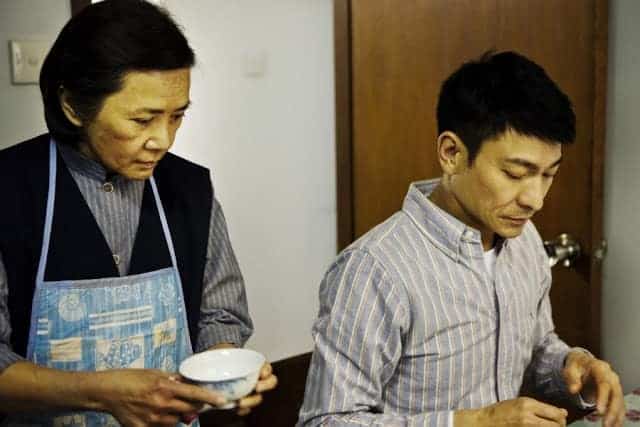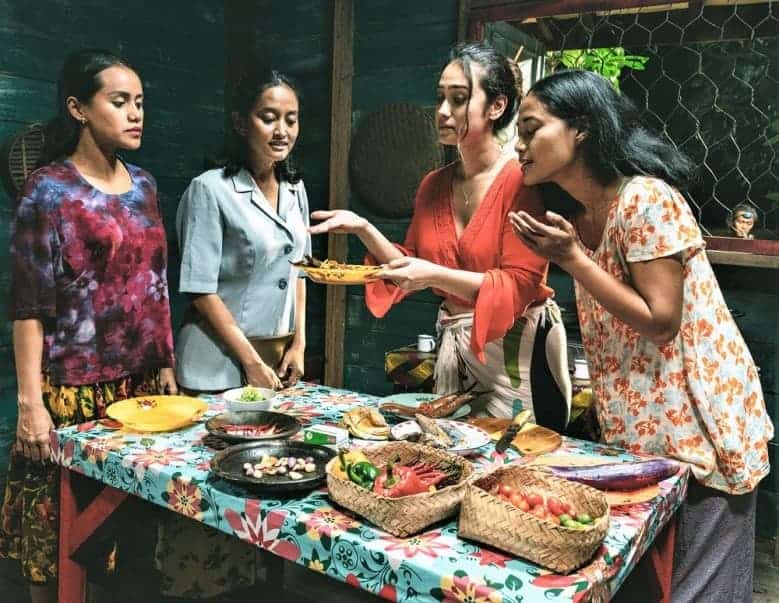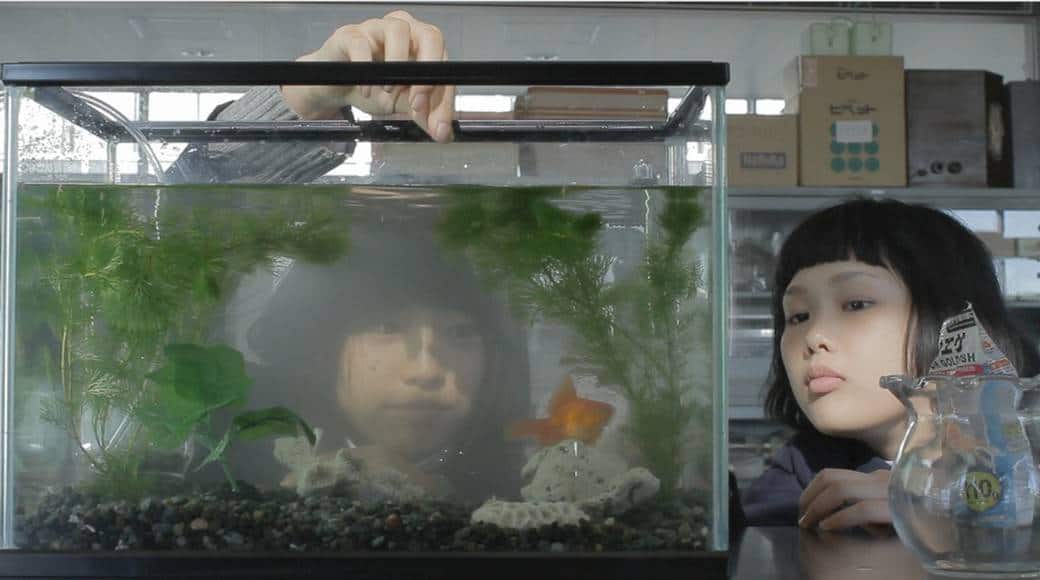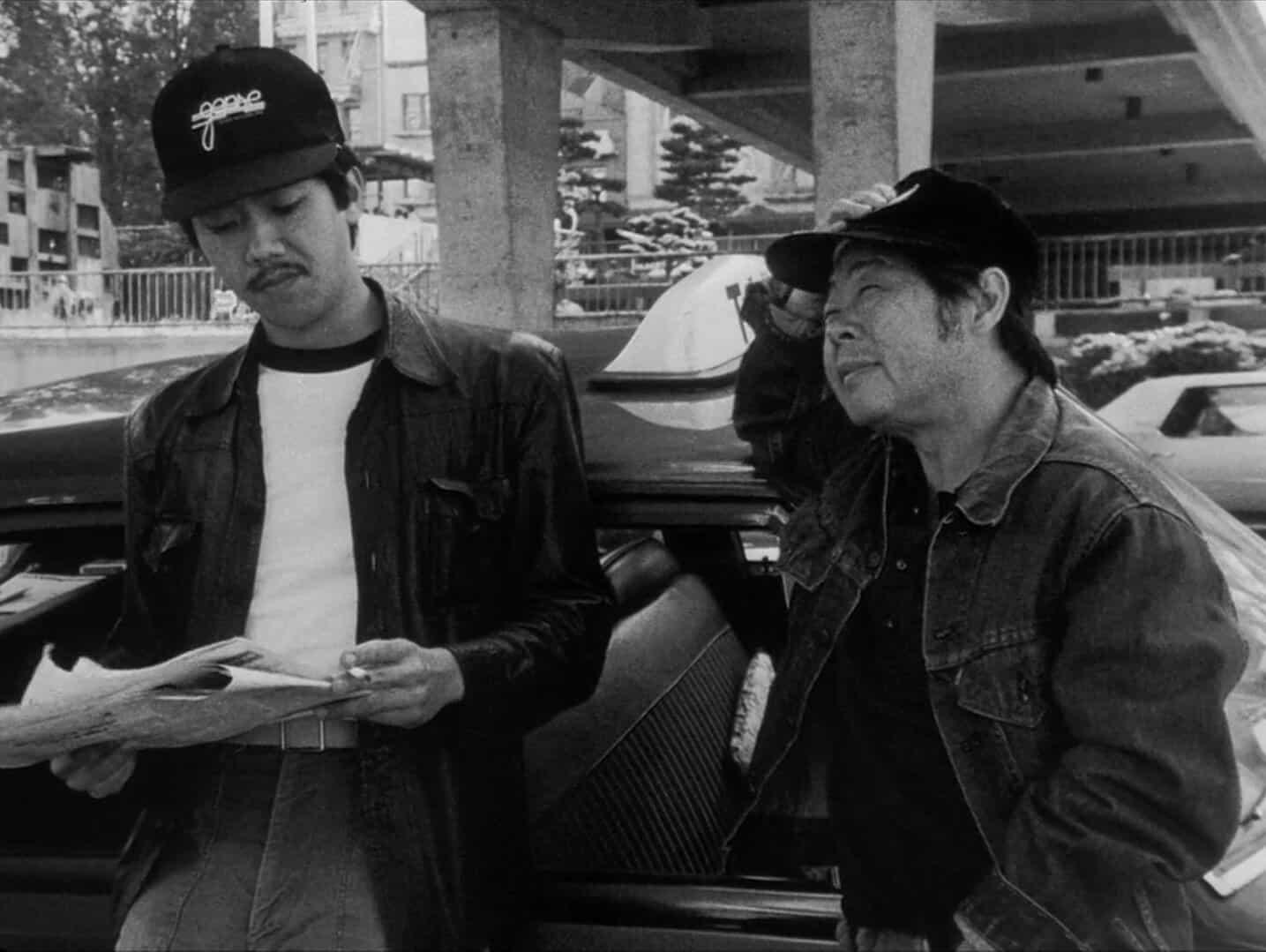“All the stars tell me we should go to the concert.”
Usually when we think about the connection of music to our lives, there is always the link towards certain images or episodes. For decades artists have come up with songs and lyrics, which have shaped our world, or even they way we view certain times. No one would argue the link between the upheavals of the 1960s and the way the feelings, longings and rage of that time was expressed in the tunes played by The Beatles, Jimi Hendrix or The Doors. At the same time, music served also as a path to explore philosophical questions about ourselves and our world dating as far back as composers like Mozart, Bach and Beethoven to name just a few.
“In the Life of Music” is screening at Five Flavours Festival

In their film “In the Life of Music” Cambodian directors Sok Visal and Caylee So have chosen this specific link as a foundation for the story they tell. One of the most significant influences for the film is “Champa Battambang”, a love song performed by Sinn Sisamouth, one of the most influential singers of Cambodia from the 1950s to the 1970s. According to the press kit for the film, Sisamouth followed many musical trends, but disappeared during the Khmer Rouge era like so many others. As both their lives are deeply embedded within the country and its history, the song as well as the story of its singer became the starting point for a tale which not only would reflect the music's theme, but also its links to Cambodian history.
The story of the film is set in three different eras, in the years 1968, 1976 and finally 2007. In the present, Hope (Ellen Wong) visits the home country of her mother, Cambodia. Since her mother is very sick, her daughter wants to know more about where her family comes from and has contacted her aunt Bo and her uncle to show her around.

The other part of the film follows Chy (Vandarith Phem) and Phally (Shreynan Chea), two teenagers growing up in a small village in rural Cambodia. Their blossoming love is overshadowed by the Vietnam War and the rise of the Khmer Rouge Regime threatening their lives as well as those around them.
Ultimately, there are three different layers which the music in the film reaches. While it brings people together, it can give people hope and courage as well as cross borders between time, as the characters of Hope and Phally indicate. In the case of “Champa Battambang” the song serves as the first tune to which Phally and Chy dance to for the first time, while Hope thinks of it as a link to a part of herself that has been unknown to her for a long time. What makes “In the Life of Music” such a satisfying experience to watch is mostly due to this understanding and depiction of music as a key element to what makes us human, our struggles and our moments of happiness.
At the same time, Caylee So's and Dane Styler's script does not shy away from the horrors of Cambodian history. Whereas the 1968-episode may be considered a love story, the year of 1976 is defined by misery and suffering. There is also a certain dramatic shift, as some of the focus is also on the character of Mith (Arn Chorn-Pond), a prisoner forced by Khmer soldiers to write a song celebrating their revolution. Even though the reference to Sinn Sisamouth's life may be obvious, it is interesting how the film explores the dilemma of an artist being helpless, being forced against his will to create something uplifting whereas the reality of his life speaks otherwise.
Technically, “In the Life of Music” emphasizes each of its segments with lush, but also disturbing images of the country. Much like the speaker in the song, the images of David D. Rivera Rojas' camera seem to emphasize the country as a mirror to the feelings of the characters. While Hope may have a more “Westernized” view on Cambodia, focusing on the differences between the USA and her new location (but also its quick adaptation to it), the other parts highlight the kind of idyllic environment which is then violated by the political upheavals following the Vietnam War.

In conclusion, “In the Life of Music” is a blend of love story, war and personal drama. It is a film about finding your voice and your identity, which is reflected in a country re-connecting with itself, with the way it once was to create a more hopeful future.















